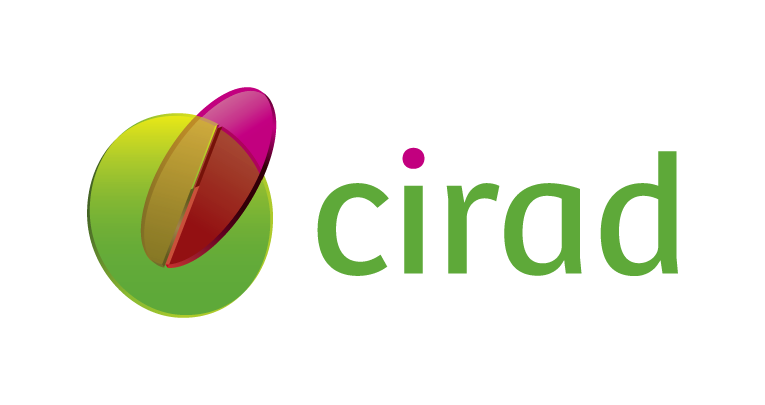Vintel : A decision support tool for all vineyard managers, all vines and all production objectives.
MOMENT OF INNOVATION..
Stakes.
INNOVATION STATUS.
For some produce, irrigation issues are more complex, because a small, well-controlled water deficit improves the quality of production: the best known case being vines, where the ideal method, defined by the specifications of the wine appellation, aims to create a moderate water deficit during the maturation of the grape, with varying degrees of severity depending on the type of wine you want to produce. In this case, irrigation management requires much more complex models than a simple evapotranspiration calculation, and they will use not only climate data, but also soil characteristics and the volume of vegetation in the vineyard. At first glance this is once again a top-down approach to the maximisation of research value, from the laboratory to the field. But the use of these models on farms then permits valuable feedback, which will bring the theoretical work closer to the practice of farmers or their consultants.
The Vintel software, developed by iTK in partnership with (among others) INRA and CIRAD, offers a good example of these two-way exchanges between lab and field.
Designed to optimise precision irrigation on vines, it is based on a model derived from research work, based on a classic indicator in research of conventional water stress, the basic leaf water potential. This indicator is the most reliable for measuring the moisture condition of a vine plant, but its measurement is fiddly, which limits its use in vineyards: it has to be measured at dawn with a specific instrument, the pressure chamber. Some wine consultants, particularly in California, use pressure chambers to advise winegrowers. However, they use these measures at noon for convenience, but also to better understand the water deficit of the plot at the time of the day when it is at its height[1]. This way of measuring is much less common in research, and so originally it was impossible to develop a mechanistic model to simulate it. Vintel was initially released with a model which only estimated the basic leaf water potential. A few years of use of this first version, by consultants expert in the use of the midday potential measurement, then allowed the development of a second model for midday leaf water potential, combining meteorological data and indicators from the base potential, without going through the laboratory process again [2].
This example clearly demonstrates the new complementarity between research and digital tools for farmers: it is obviously the data from the field that made it possible to develop a model of midday leaf water potential, in line with the habits of winegrower technicians. But that alone would not have been enough to develop a reliable statistical model: only combining them with indicators from a mechanistic model derived from research could lead to the development of a model robust enough to be entrusted to winegrowers and consultants.
Discover the decision support tool Vintel on ITK website
Read the article "Digital agriculture: new tools for science on the farm" published on European Scientist.
[2] Itk Vintel™ : Predicting midday leaf water potential from pedoclimatic data

